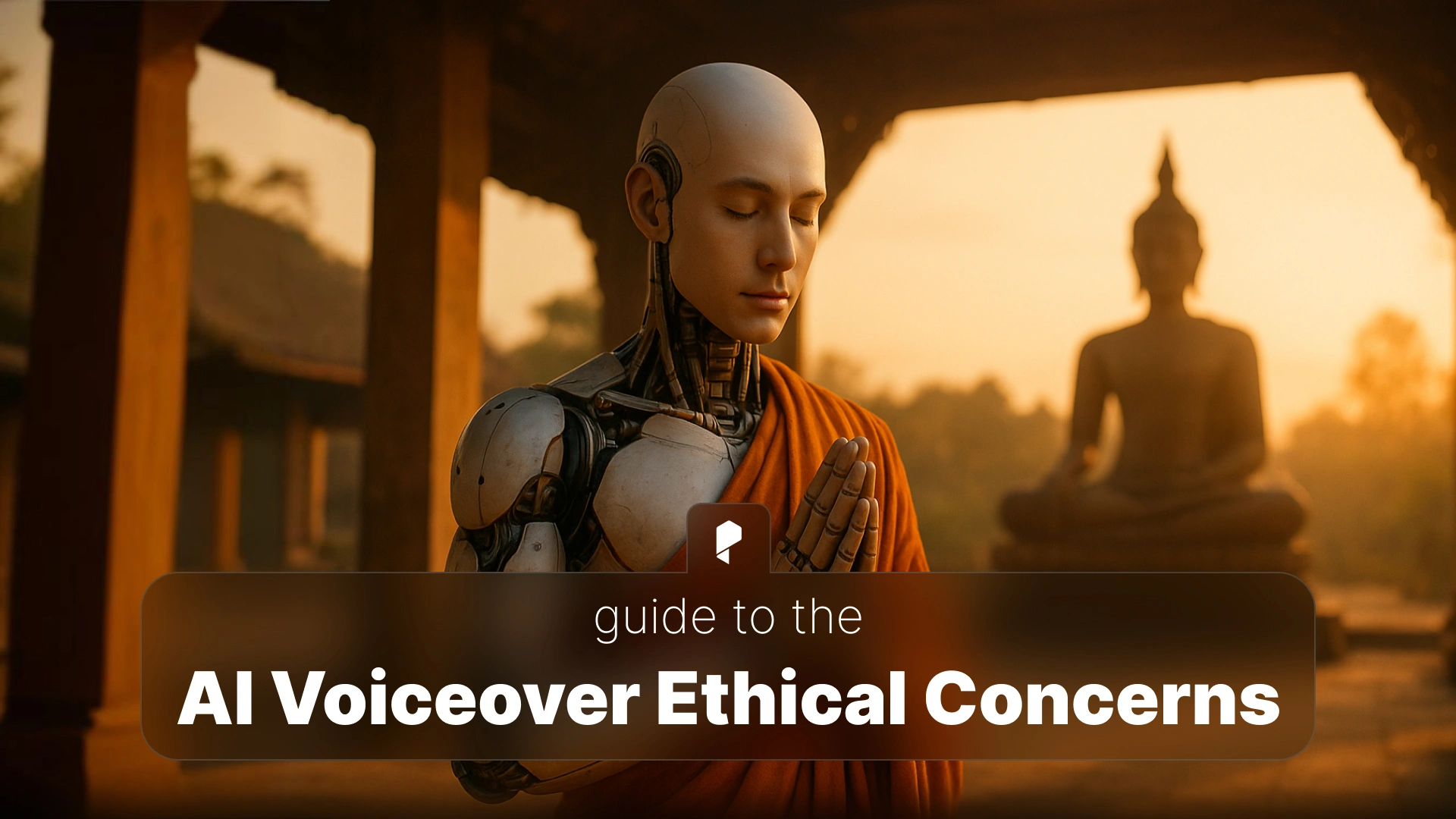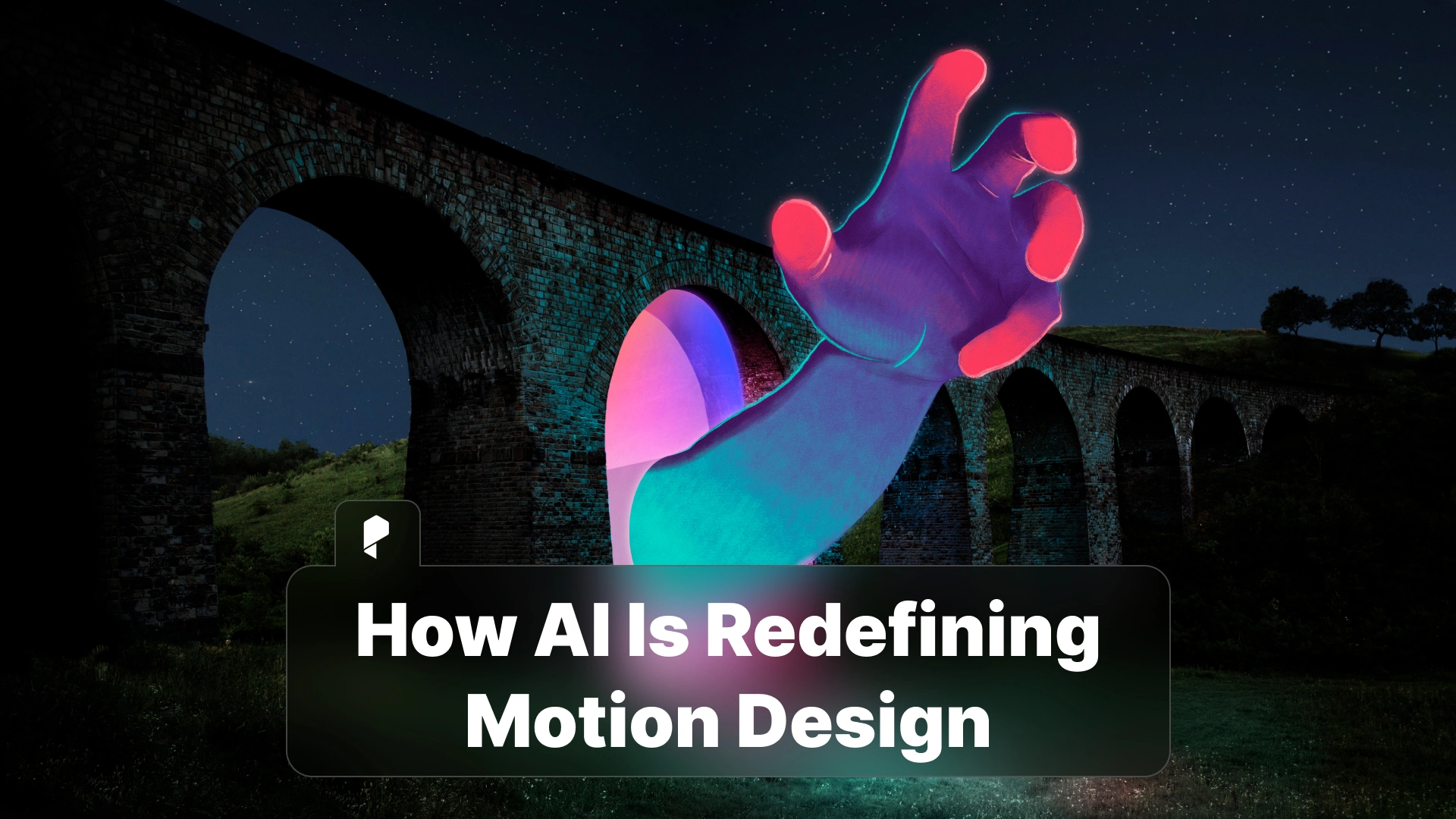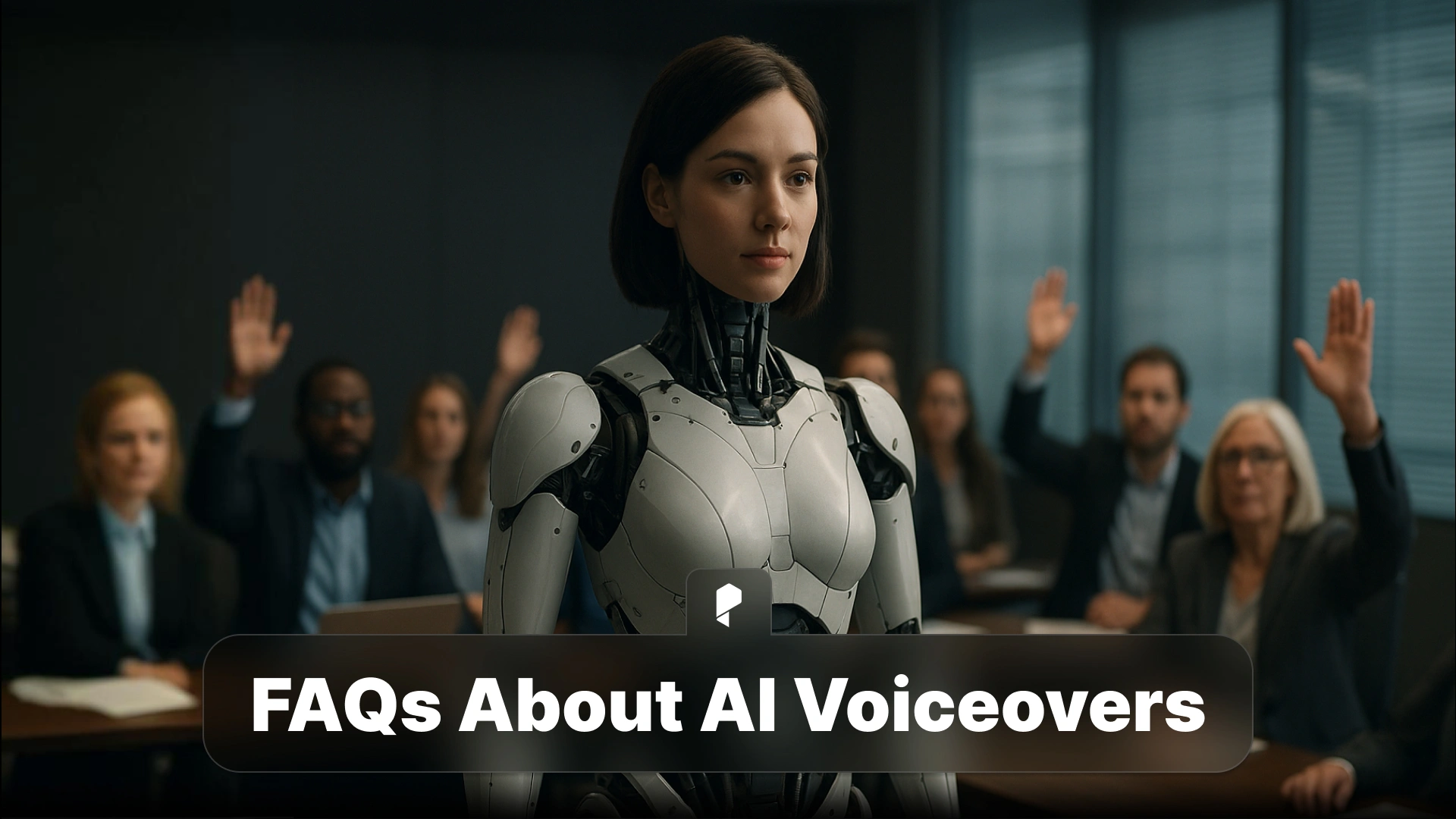Ethical Concerns in AI Voiceovers: Deepfakes, Voice Cloning, and Responsible Innovation

As AI voice cloning becomes mainstream, so does the potential for misuse. Scams, impersonations, and misinformation campaigns are already proving how fragile digital trust can be when a voice can be replicated so easily.
To ensure that AI voice technology benefits creators, brands, and society as a whole, we must understand the ethical challenges it brings. Only then can we build a future where innovation and integrity go hand in hand.
If you’re interested in exploring how AI-generated voices are created, you can learn more in The AI Models Behind Voiceovers (TTS, Neural Synthesis) and discover how Pixflow’s AI Voiceover tools combine innovation with responsibility.
The Power of Modern AI Voice Technology
Voice cloning helps filmmakers and video creators localize content into different languages without losing the original performance. It enhances accessibility by giving people with speech impairments new ways to communicate. It also gives creators freedom to experiment, enabling projects that once required expensive voice talent or studio time.
However, the same technology that enables creative progress can also blur the line between innovation and risk. When anyone can replicate a voice in seconds, it raises the question of how we protect originality, consent, and authenticity.
To understand where this balance should be, it helps to see the big picture of these voices, and for that you can dive deeper by reading AI Voiceovers: The Complete Guide and The Future of AI Voice Technology.
What Are Deepfake Voices?
This process overlaps with the same neural techniques that power legitimate AI voiceover tools. The difference lies in intent and consent. When used responsibly, voice synthesis enhances storytelling, education, and communication. When used maliciously, it can spread misinformation, defraud individuals, or manipulate public perception.
Common use cases for deepfake voices include parody and entertainment, but they’ve also been linked to scams and political misinformation. Understanding how these systems work helps us recognize both the benefits and the risks of such powerful technology.
To learn how AI-generated voices can be customized ethically, check out Customizing AI Voices (Emotion and Pacing).
The Ethical Risks of Voice Cloning
Another growing issue is the unauthorized cloning of actors, celebrities, and everyday individuals. Without explicit consent, this violates privacy, intellectual property rights, and basic human trust. Even when used in creative work, synthetic voices that mimic real people without permission raise deep ethical concerns in AI voiceovers.
AI-generated audio can also be emotionally manipulative. When a voice sounds familiar or trusted, it can influence opinions or decisions in subtle ways, especially in marketing, politics, or news. For creators and brands, this blurs the boundary between authenticity and deception.
Ultimately, the key challenge lies in balancing creativity with responsibility. As technology evolves, protecting transparency, consent, and ownership must remain the foundation of responsible AI voice technology.
If you want to better understand myths surrounding voice cloning and deepfakes, you can read Myths & Misconceptions About AI Voiceovers.
Legal and Regulatory Landscape
One of the biggest questions in this field is ownership. Who holds the rights to an AI-generated voice? The model’s creator, the person whose voice it was based on, or the user who generated it? The lack of clear legal definitions creates uncertainty for both creators and companies.
Another important aspect is consent. Ethical AI platforms ensure that all voice models are developed from licensed, voluntary recordings. Transparent labeling also plays a crucial role, helping audiences recognize when a voice is synthetic.
By setting clear standards and promoting synthetic voice transparency, governments and AI developers can help prevent misuse and protect both creators and consumers.
You can explore how Pixflow applies these principles through its AI Voiceover ecosystem.
Building Responsible AI Voice Systems
A responsible AI voice platform verifies that every voice used is properly licensed, recorded with consent, and securely managed. It also makes clear to users when a voice is AI-generated, helping maintain synthetic voice transparency.
Pixflow’s AI Voiceover platform is built around these values. Each AI-generated voice in Pixflow’s library is created from licensed, professional recordings and enhanced through ethical synthesis methods. The result is a secure, consent-based system that protects both creators and users.
Features such as watermarking and identity verification add extra layers of security to AI voices. These ensure that cloned voices cannot easily be misused, and they make it possible to trace any synthetic voice back to its source.
The Role of Creators and Businesses
Brands and video creators should always disclose when a voice is synthetic, especially in advertisements, educational materials, or entertainment. This builds trust with audiences and aligns with responsible AI practices in voice synthesis.
Creators should also avoid using voices that mimic real individuals without permission. Doing so not only raises legal issues but also undermines authenticity and creative integrity. By prioritizing transparency and consent, creators can lead by example in setting new standards for responsible AI voice technology.
Using ethical AI voice generators ensures that all generated voices are approved, consent-based, and suitable for professional projects. This approach helps businesses innovate while staying aligned with ethical principles.
The Future of Ethical AI Voiceovers
Emerging technologies are also being developed to identify AI-generated voices automatically, using audio watermarks or acoustic fingerprints. Such innovations will play a major role in combating deepfake voice risks and maintaining trust in digital media.
The future of ethical AI voiceovers will depend on how well creators, developers, and regulators cooperate to create systems built on transparency and consent. Responsible AI voice technology isn’t just about compliance, it’s about setting a higher standard for creativity, integrity, and human connection.
Conclusion
By understanding the ethical implications of AI-generated voices and supporting platforms that prioritize security, transparency, and consent, creators and brands can help shape a trustworthy AI future.
Choose AI voice tools that value integrity as much as innovation, like Pixflow’s AI Voiceover ecosystem, where every synthetic voice is built on licensed data and ethical design. Responsible innovation keeps AI voice powerful, creative, and deeply human.
If you buy something through our links, we may earn an affiliate commission or have a sponsored relationship with the brand, at no cost to you. We recommend only products we genuinely like. Thank you so much.





